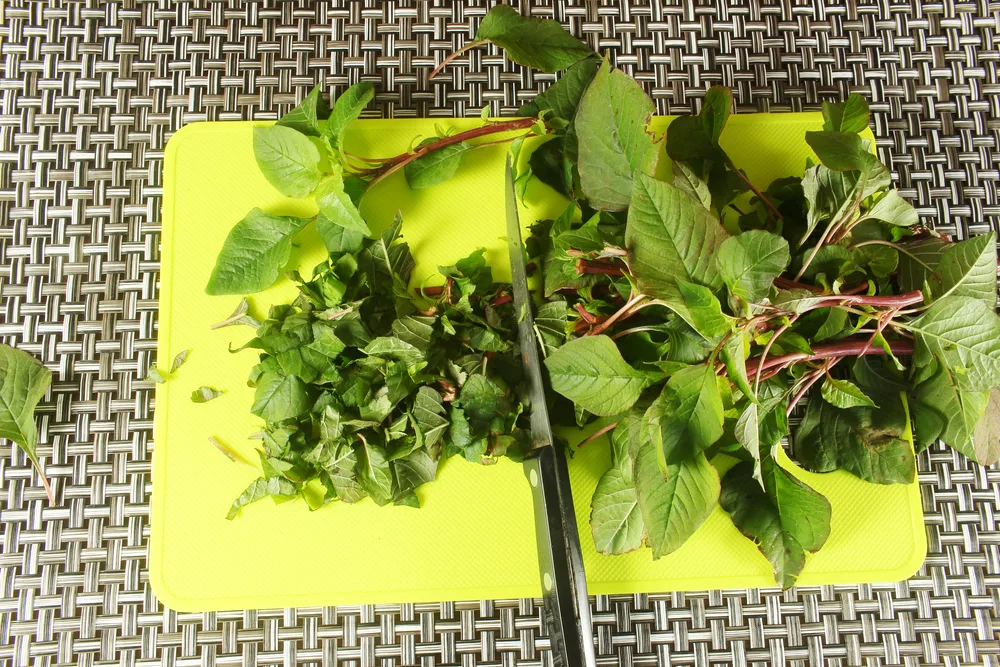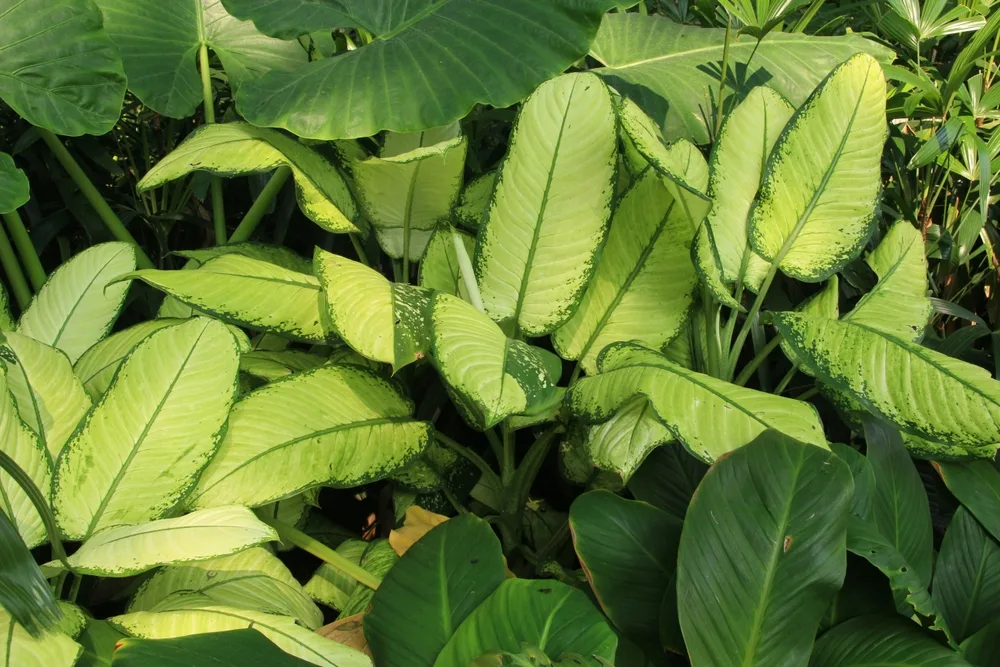Callaloo is a plant with various names and many uses. Even if you think you’ve never heard of this Caribbean vegetable, you might know it as amaranth, which is more commonly used in the U.S.

This plant family includes around 70 species, some grown as ornamentals, while others are primarily for eating.
You might have seen amaranth seeds as an edible grain alternative, but callaloo refers to the tender, spinach-like green leaves of the plant.
The seeds of callaloo are very prolific and could influence your decision to add it to your garden.
Rapid Growth and Species Selection
Callaloo grows quickly, with some giant species reaching over 8 feet tall. If you’re thinking about adding this prolific vegetable to your garden, it’s essential to choose a species that produces the best leaves rather than ornamental varieties.
Be aware that some wild amaranth species, like A. palmeri, are considered invasive and can be problematic in large-scale agriculture.
Growing Callaloo for the Best Harvest
While you can technically eat the leaves of any amaranth, the tastiest ones come from those specifically sold as callaloo.
Fruition Seeds recommends their Jamaican callaloo cultivar, which is grown for its leaves rather than ornamental blooms.
Even the non-ornamental varieties add beauty to your garden when they bloom, supporting pollinators and adding texture to your space.
To avoid bitter leaves, practice succession planting for a consistent harvest throughout the season.
Soil and Growing Conditions
One of the best things about growing callaloo, besides the harvest, is that it doesn’t require specific soil conditions. This plant will thrive in fertile raised beds as well as lean soil in the ground.
While it tolerates drought, it dislikes soggy conditions. Place your callaloo in a sunny spot and enjoy one of the few leafy greens that stay tender in the heat, unlike lettuce which can become bitter.
Preventing Callaloo from Taking Over Your Garden

To keep callaloo from taking over your garden, remove the blooms before the seeds mature to prevent the plant from reseeding.
One plant can produce thousands of seeds, depending on the variety, and it can quickly get out of control.
You can trim off the seed heads before the seeds develop and use them in floral arrangements. Even non-ornamental varieties provide beautiful strands of tiny blooms, preventing an invasion of callaloo while adding beauty to your home.
Just make sure to remove all blooms before they dry. If you forget to remove the flowers, you might deal with many seedlings next year.
However, not all will sprout, as wild birds will eat the dry seeds over the winter.
By following these tips, you can successfully grow callaloo and enjoy its many benefits without worrying about it taking over your garden.
